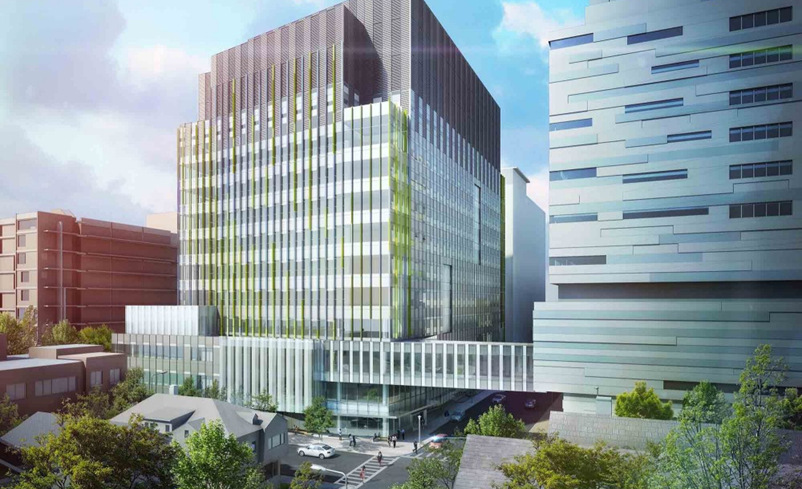DESIGN START/COMPLETION: February 2013 – July 2014
SIZE & TECHNOLOGY: 4 MW Reciprocating Engine Generator, 125 psig Waste Heat Boiler, Jacket Water Heat Recovery, (2) 700 BHP Firetube Boilers
IN-SERVICE: Summer 2016
FIRM ROLE: Feasibility Study, Schematic Design, Design Development, Detailed Design
Waldron Engineering & Construction, Inc. performed an initial feasibility study for Brigham and Women’s Hospital (BWH) to evaluate the feasibility and economic value of installing a Combined Heat and Power Plant (CHP) in their new Brigham’s Building for the Future (BBF). The primary purpose for the CHP was to provide operational cost savings to the hospital and a level of resiliency to serve the energy needs of the facility. In addition to studying various CHP technologies, including combustion turbine generator and reciprocating engine generators, Waldron appraised the value of supplying electrical and thermal energy not only to the new BBF building, but also to the neighboring Shapiro building which is part of the Brigham and Women’s Hospital campus.
Upon identifying that a 4 MW reciprocating engine based CHP was the optimal size and technology to serve the two buildings, Waldron executed the detailed design of the entire central energy plant. Waldron served as the engineer of record for the project which included a 4 MW recip-engine based CHP plant with dual fuel firetube boilers that were installed in the basement of Brigham & Women’s Hospital Building for the Future in Boston.

























